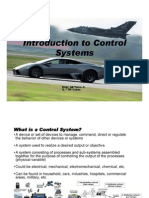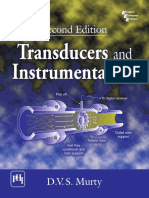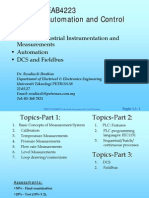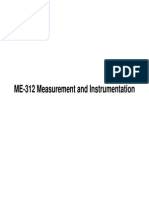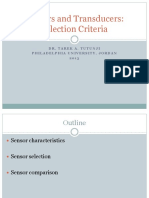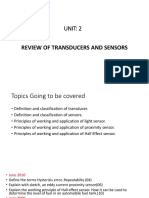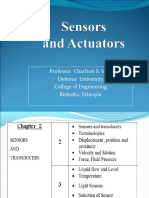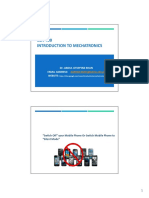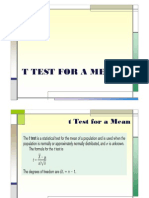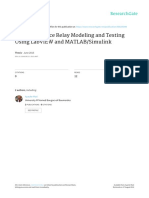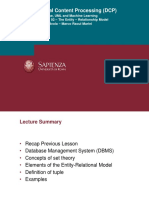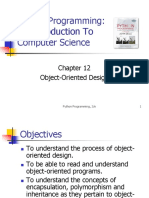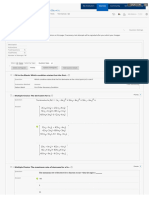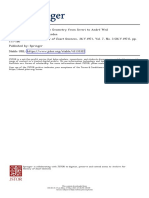100% found this document useful (1 vote)
309 views18 pagesSensors and Transducers
The document provides an overview of sensors, transducers, and smart sensors, explaining their functions and differences. It details performance terminology such as range, accuracy, sensitivity, and various types of errors associated with measurement systems. Additionally, it includes practice problems to apply the concepts discussed.
Uploaded by
Mohammad MusaCopyright
© © All Rights Reserved
We take content rights seriously. If you suspect this is your content, claim it here.
Available Formats
Download as PDF, TXT or read online on Scribd
100% found this document useful (1 vote)
309 views18 pagesSensors and Transducers
The document provides an overview of sensors, transducers, and smart sensors, explaining their functions and differences. It details performance terminology such as range, accuracy, sensitivity, and various types of errors associated with measurement systems. Additionally, it includes practice problems to apply the concepts discussed.
Uploaded by
Mohammad MusaCopyright
© © All Rights Reserved
We take content rights seriously. If you suspect this is your content, claim it here.
Available Formats
Download as PDF, TXT or read online on Scribd
/ 18




